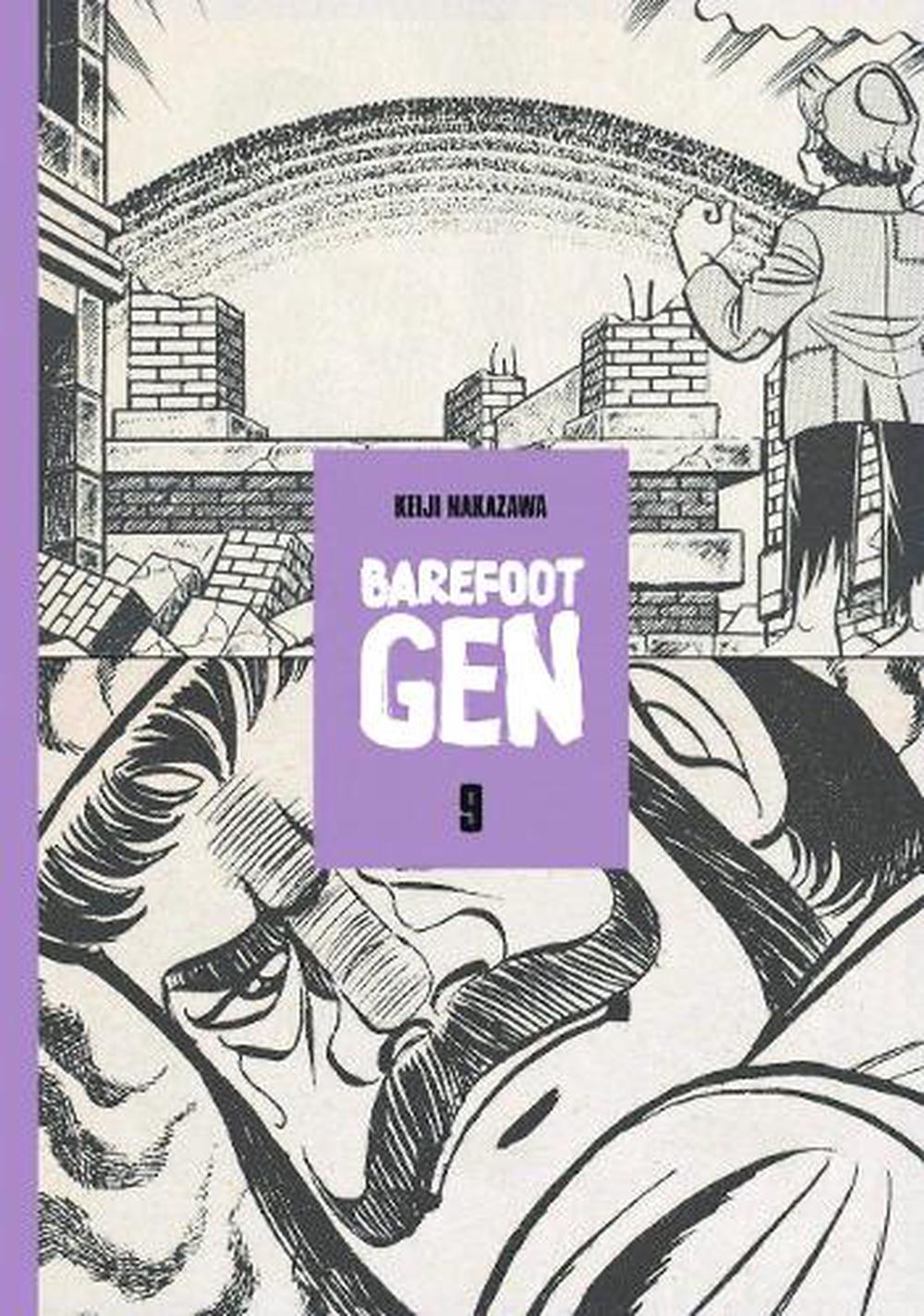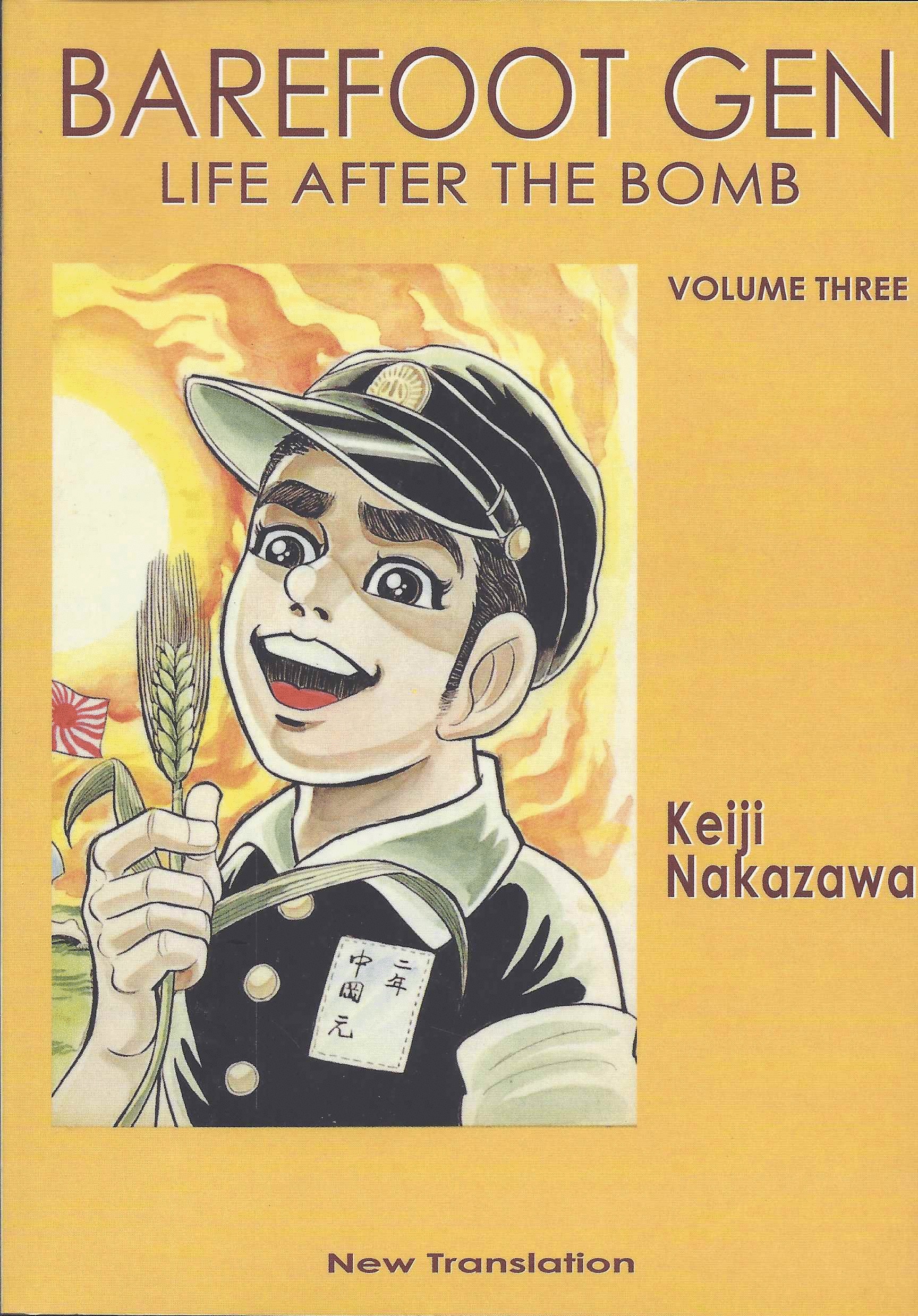

Key questions about Barefoot Gen centered on the connections and disconnections between his artistic style and the content. This chapter complemented our discussion of Nakazawa’s choice to create a graphic accounting of his experiences as part of his plea for world peace, providing a direct comparison point. We also read Nakazawa’s prose narrative of the events of 6 June 1945, “The Day of the Flash and Boom” (linked below), contrasting it with the version from the graphic novel.

Juxtaposing these rather experimental texts allowed us to note how many poems by hibakusha varied greatly from traditional Japanese poetry and to reflect further on Barefoot Gen’s unusual-for-its-time comic format.

Further, because the voices of hibakusha have frequently been elided from conversations surrounding the war (in Japan, they often faced discrimination following the bombing), we accompanied the graphic novel with poems by hibakusha, both freeform such as “Let Us Be Midwives! An Untold Story of the Atomic Bombing” and “When We Say Hiroshima” by Sadako Kurihara, as well as the more structured haiku by Yoko Ota and Tamiki Hara. First, there are three introductions to Barefoot Gen available in many editions, one of which gives the work’s general history, one by Art Spiegelman that places Barefoot Gen within the context of more modern, Western comics (and comix), and one by Anand Patwardhan that situates Nakazawa’s message in a global theater. In conjunction with the graphic novel, we read several complementary texts. They hope for Barefoot Gen to be widely read. As my students were quick to note, people everywhere are impacted by war, peace, art, and other topics in the text: for one, nuclear testing impacted a great deal of the United States, both physically and emotionally. These sorts of connections are not essential to understanding or appreciating Barefoot Gen, of course, but did add meaningfully to our classroom discussions.

In addition to being affected by the recent events at Fukushima and debates surrounding nuclear power plants in our region, quite a few of my students know (or knew) hibakusha (people who were affected by atomic bombings), making the text feel even more urgent. Most of the students in my Comparative Literature course Visualizing Social Conflicts at Miyazaki International College in southern Japan had read Keiji Nakazawa’s mostly-autobiographical narrative of the days leading up to and following the bombing of Hiroshima as children (as Hadashi no Gen ) before they met me. Still, at the end of the semester, many of my students reported that Barefoot Gen: Volume One was the most difficult but also the most rewarding text we read.


 0 kommentar(er)
0 kommentar(er)
